Battery life is a critical aspect of smartphone usage, directly impacting how long you can use your device throughout the day without needing to recharge. For Xiaomi device users, maximizing battery endurance involves understanding the unique optimizations available within MIUI, Xiaomi’s custom Android operating system. While modern Xiaomi phones often boast large battery capacities and fast charging, inefficient app management or sub-optimal settings can still lead to frustratingly quick drain.
The quest for longer smartphone battery life has been ongoing since the inception of mobile phones. Early devices had simple functions and lasted days; however, the rise of powerful processors, vibrant displays, and a multitude of background apps in smartphones created a constant demand for more power. Manufacturers like Xiaomi have responded by increasing battery sizes and developing sophisticated software optimizations within their custom Android skins. MIUI, first launched in 2010, has always focused on customization and performance, and its battery management features have evolved significantly to give users granular control over power consumption. Understanding and utilizing these MIUI-specific settings is key to stopping unwanted battery drain and achieving impressive uptime on your Xiaomi device.
This comprehensive guide will walk you through the step-by-step process of identifying and reducing battery drain on your Xiaomi device, helping you squeeze every possible hour out of your charge.
Understanding Battery Drain on Xiaomi Devices
Several factors contribute to battery drain on a Xiaomi phone:
- Screen Usage: The display is often the single biggest battery consumer. High brightness, long screen-on times, and high refresh rates (on compatible devices) significantly impact battery life.
- Background App Activity: Apps running unseen in the background, syncing data, sending notifications, or tracking location, can continuously drain power.
- Hardware Components: GPS, Wi-Fi, Bluetooth, cellular data, and the processor itself consume power when active.
- Network Signal: A weak cellular signal forces your phone to work harder to maintain a connection, leading to increased battery drain.
- Outdated Software or Apps: Bugs in older MIUI versions or poorly optimized apps can cause excessive power consumption.
- System Processes: Even the Android OS and MIUI itself have essential background processes that consume power.
Step 1: Identify Power-Hungry Apps and Features
The first step in optimizing battery life is to pinpoint the culprits. MIUI provides a detailed breakdown of battery usage.
- Open Settings:
- Tap the Settings app icon on your Home screen or in the App Drawer.
- Alternatively, swipe down the Notification Shade and tap the Settings gear icon (⚙️).
- Navigate to Battery Settings:
- Scroll down and tap Battery (or Battery & performance on some MIUI versions).
- Analyze Battery Usage Statistics:
- Here, you’ll see a graph showing your battery level over time and a list of apps and hardware components that have consumed the most power since the last full charge.
- Look for apps that show unusually high consumption relative to how much you’ve actively used them. These are prime targets for optimization.
- Pay attention to “Hardware” usage as well (Screen, Wi-Fi, Mobile network, Bluetooth).
Step 2: Optimize App Battery Usage (MIUI’s Powerful Controls)
MIUI offers robust control over how individual apps consume battery in the background. This is your most effective tool.
- Access App Battery Saver:
- From the Battery screen (Step 1.3), tap App battery saver.
- You’ll see a list of all your installed apps.
- Configure Individual App Restrictions:
- Tap on a problematic app. You’ll see several options:
- No restrictions: (Default for most apps) Allows apps to run freely in the background. Use this only for critical apps that absolutely need constant background activity (e.g., messaging apps for instant notifications, health trackers).
- Battery Saver (recommended): MIUI’s intelligent optimization. It attempts to identify and limit background activity for better battery life without completely restricting functionality. This is a good default for most apps.
- Restrict background apps: This more aggressively closes apps after you exit them and limits their background processes. Notifications might be delayed.
- Restrict background activity: This is the most aggressive option. It entirely closes the app and prevents any background activity. Notifications will be severely delayed or not arrive. Use this only for apps you rarely use and don’t need notifications from (e.g., old games, utilities, one-time use apps).
- Review apps from your Step 1 analysis and set them to “Restrict background apps” or “Restrict background activity” as appropriate, especially for social media apps, games, or shopping apps you don’t need real-time updates from.
- Tap on a problematic app. You’ll see several options:
- Manage Auto-start:
- Go to Settings > Apps > Permissions > Auto-start.
- Toggle off any apps you don’t want to launch automatically when your phone starts up. This prevents unnecessary background processes from running right away.
Step 3: Adjust Display Settings for Battery Savings
The screen is a major power consumer. Optimizing its settings can yield significant battery life improvements.
- Brightness Control:
- Go to Settings > Display.
- Enable Adaptive brightness (or Automatic brightness). This uses the ambient light sensor to adjust brightness, which is usually more efficient than manual control.
- Manually lower brightness when indoors or in dim light.
- Screen Refresh Rate (if applicable):
- If your Xiaomi device has a high refresh rate display (e.g., 90Hz, 120Hz, 144Hz), go to Settings > Display > Refresh rate.
- Switch to the Standard (60Hz) option if you prioritize battery life over ultra-smooth scrolling. The difference in smoothness is noticeable, but the battery savings can be significant.
- Dark Mode/Dark Theme:
- If your Xiaomi device has an AMOLED display (common on many flagships and some mid-range models), enabling Dark Mode (Settings > Display > Dark Mode) can save substantial battery life. AMOLED screens turn off individual pixels for black colors, consuming no power.
- Screen Timeout:
- Go to Settings > Always-on display & Lock screen > Sleep (or Settings > Display > Screen timeout).
- Set the screen timeout to a shorter duration (e.g., 15 seconds or 30 seconds). The less time your screen is actively on when not in use, the more battery you save.
- Always-On Display (AOD) (if applicable):
- If you use Always-On Display, go to Settings > Always-on display & Lock screen > Always-on display.
- Consider setting it to “Show for 10 seconds after tapping” instead of “Always” to conserve battery. Disable it entirely if not needed.
Step 4: Manage Connectivity and System Features
Unnecessary active radios and features consume power.
- Turn Off Wi-Fi, Bluetooth, GPS, NFC When Not Needed:
- Swipe down the Notification Shade to access the Quick Toggles.
- Quickly toggle off Wi-Fi, Bluetooth, Location (GPS), or NFC when you’re not actively using them.
- For Location, go to Settings > Location and review app permissions that access your location. Set them to “Only while using the app” or “Ask every time” rather than “Always allow.”
- Minimize Mobile Data Usage:
- A weak cellular signal drains battery faster as your phone works harder to connect. If signal is consistently poor, consider temporarily switching to Wi-Fi or airplane mode.
- Limit background data usage for specific apps: Settings > Apps > Manage apps > [App Name] > Restrict data usage.
- Disable Haptic Feedback/Vibration:
- Vibration motors consume more battery than sound.
- Go to Settings > Sound & vibration > Haptic feedback (or Vibrate on touch).
- Reduce intensity or turn off for touch interactions if you don’t need it.
Step 5: System Optimization and Maintenance
Regular maintenance can prevent underlying issues that cause battery drain.
- Keep MIUI and Apps Updated:
- MIUI Updates: Go to Settings > About phone > MIUI version and check for updates. Software updates often include battery optimizations and bug fixes.
- App Updates: Regularly update all your apps from the Google Play Store (and GetApps for Xiaomi-specific apps). Developers often release updates that improve app efficiency.
- Restart Your Device Regularly:
- A simple restart (e.g., once every few days) can clear temporary files, flush the system RAM, and reset any rogue processes that might be draining power.
- Clear App Cache:
- Over time, app caches can accumulate and sometimes become corrupted, leading to performance and battery issues.
- Go to Settings > Apps > Manage apps.
- Tap on a specific app, then Storage > Clear cache. Do NOT clear data unless you want to reset the app.
- You can also clear all app caches at once via Settings > About phone > Storage > Cache data (tap to clear).
- Factory Reset (Last Resort):
- If your Xiaomi device is experiencing severe, unexplained battery drain despite all other optimizations, and its battery health is confirmed good, a factory reset can resolve deep-seated software issues.
- Caution: This will erase all data on your phone. Back up all your important information before proceeding.
- Go to Settings > About phone > Factory reset.
Conclusion
Optimizing battery life on your Xiaomi device is an ongoing process that involves a combination of smart settings adjustments and diligent app management. By effectively identifying power-hungry applications, leveraging MIUI’s robust “App battery saver” controls, fine-tuning your display settings, and practicing general maintenance, you can significantly extend your phone’s endurance. Take control of your Xiaomi device’s battery and enjoy a longer-lasting, more efficient smartphone experience.
FAQ
Q1: How can I tell which apps are draining my battery most on my Xiaomi phone?
Go to Settings > Battery (or Battery & performance). Here, you’ll find detailed statistics and a list of apps showing their individual battery consumption. This is the primary place to identify power-hungry apps.
Q2: What is “App battery saver” in MIUI and how do I use it effectively?
App battery saver” (Settings > Battery > App battery saver) in MIUI allows you to control how individual apps use battery in the background. You can set apps to “Battery Saver (recommended),” “Restrict background apps,” or “Restrict background activity” (most aggressive, no notifications). Use “Restrict background activity” for apps you don’t need real-time notifications from to maximize savings.
Q3: Does using Dark Mode on my Xiaomi phone save battery?
Yes, if your Xiaomi device has an AMOLED display, using Dark Mode (Settings > Display > Dark Mode) can significantly save battery. AMOLED screens consume less power when displaying black colors because individual pixels are turned off.
Q4: Should I turn off my phone’s high refresh rate to save battery?
If your Xiaomi device has a high refresh rate display (e.g., 90Hz, 120Hz), setting it to the Standard (60Hz) option in Settings > Display > Refresh rate can save a noticeable amount of battery. While it reduces visual smoothness, the power savings can be significant.
Q5: Will constantly closing apps from the recent menu save battery on my Xiaomi phone?
While closing apps from the recent menu clears them from RAM temporarily, constantly doing so isn’t always the most efficient long-term battery-saving strategy. MIUI’s “App battery saver” and “Background usage limits” are more effective, as they manage apps more intelligently. Repeatedly opening and closing apps can sometimes consume more battery than letting the system manage them, but closing truly unused apps is still beneficial.

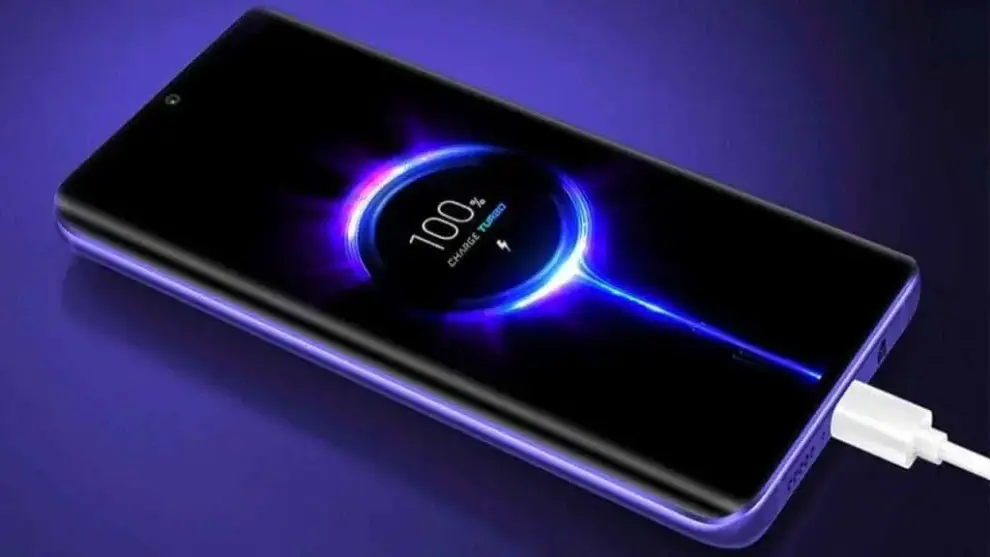
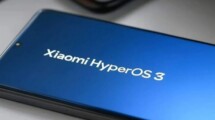



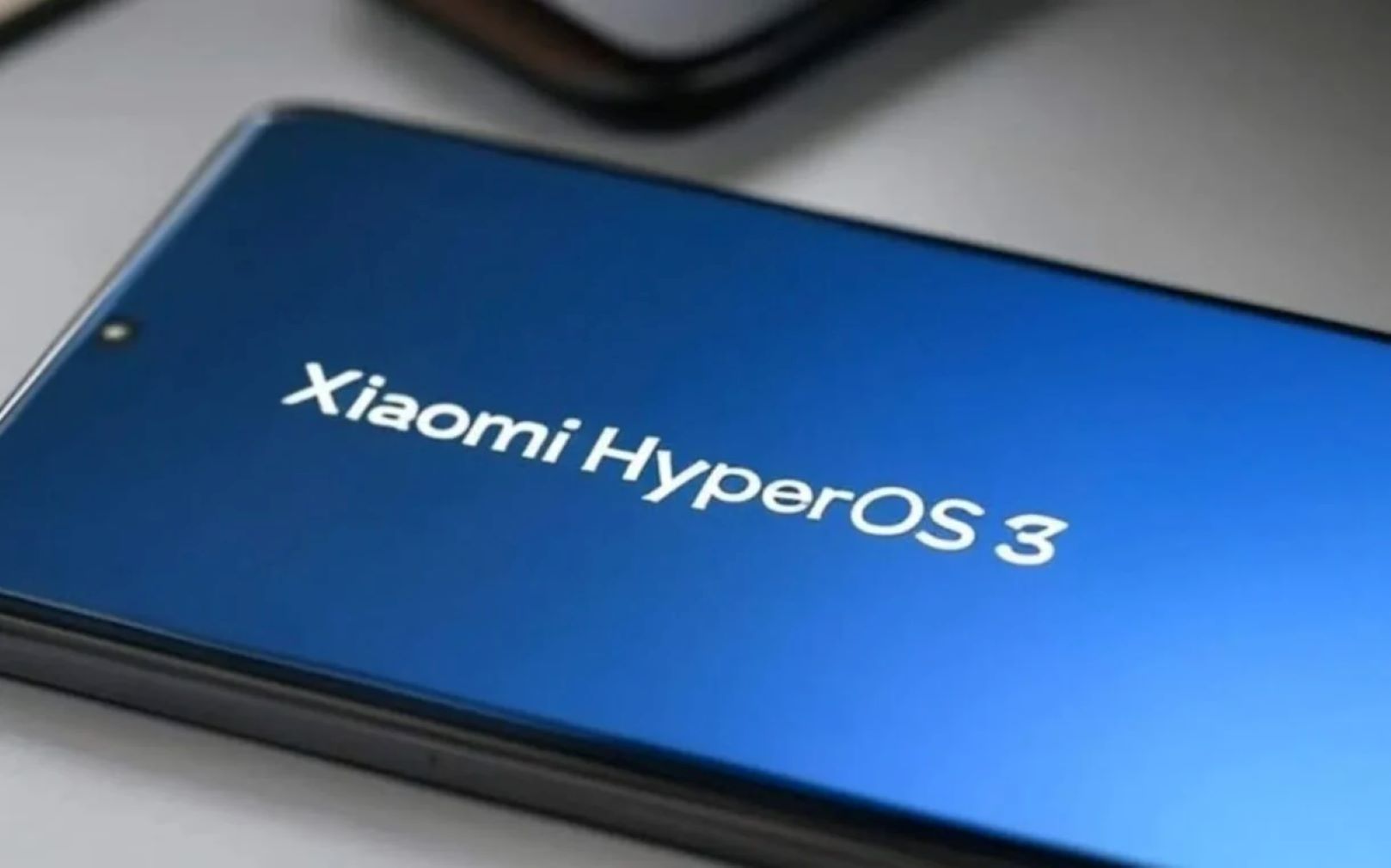
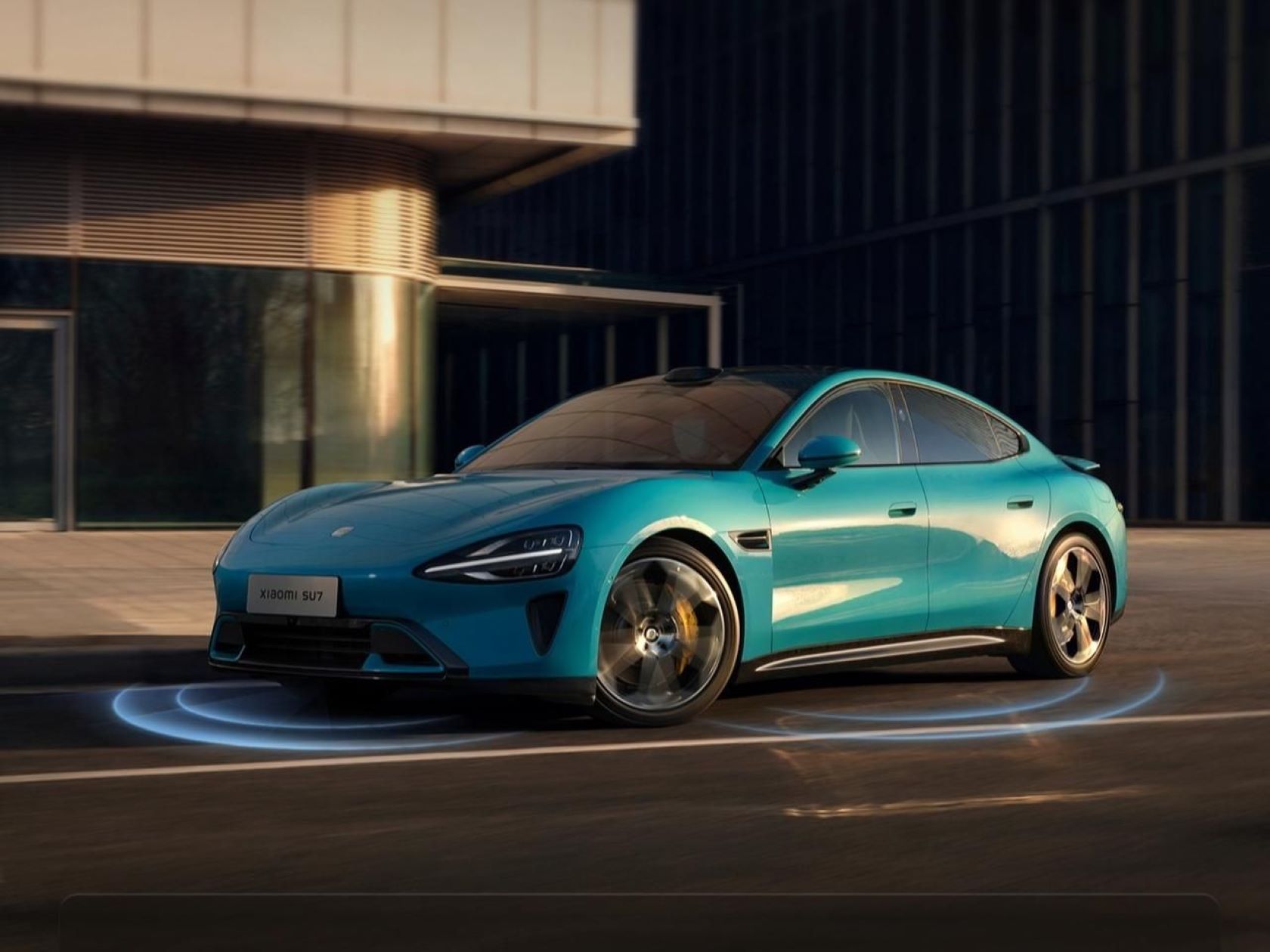
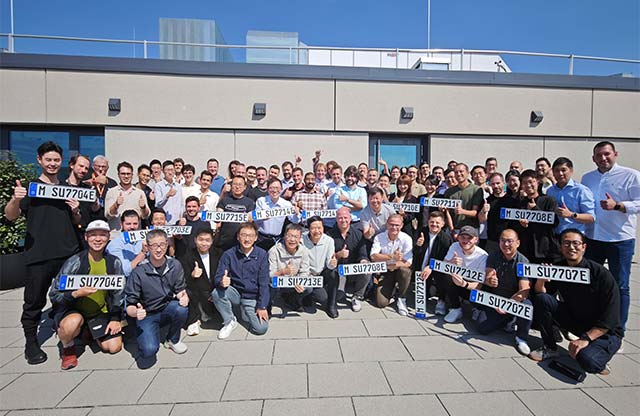
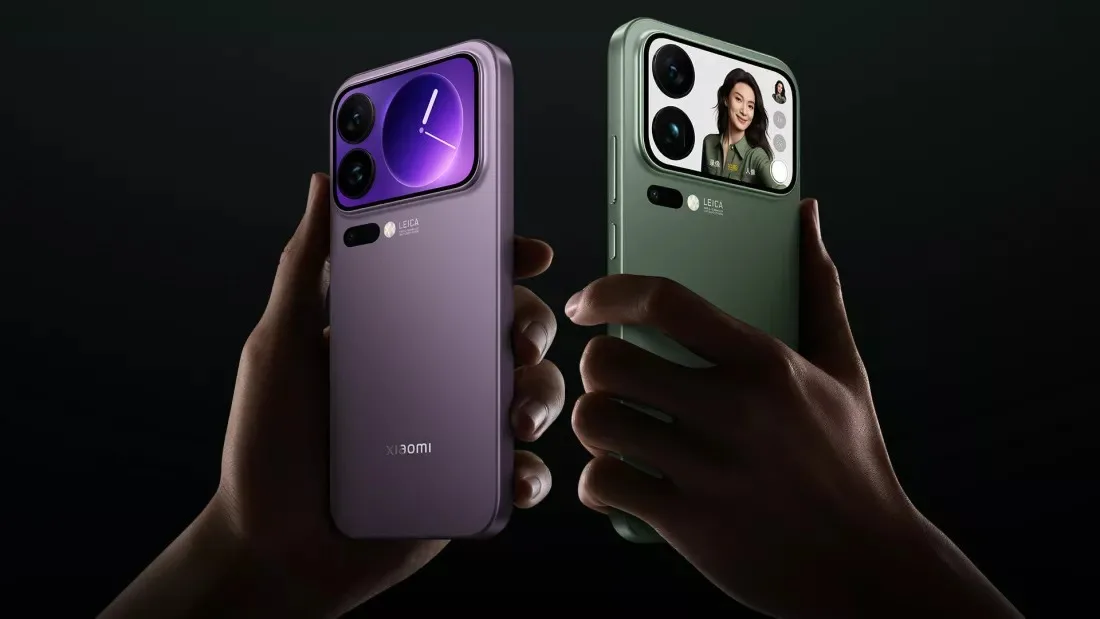
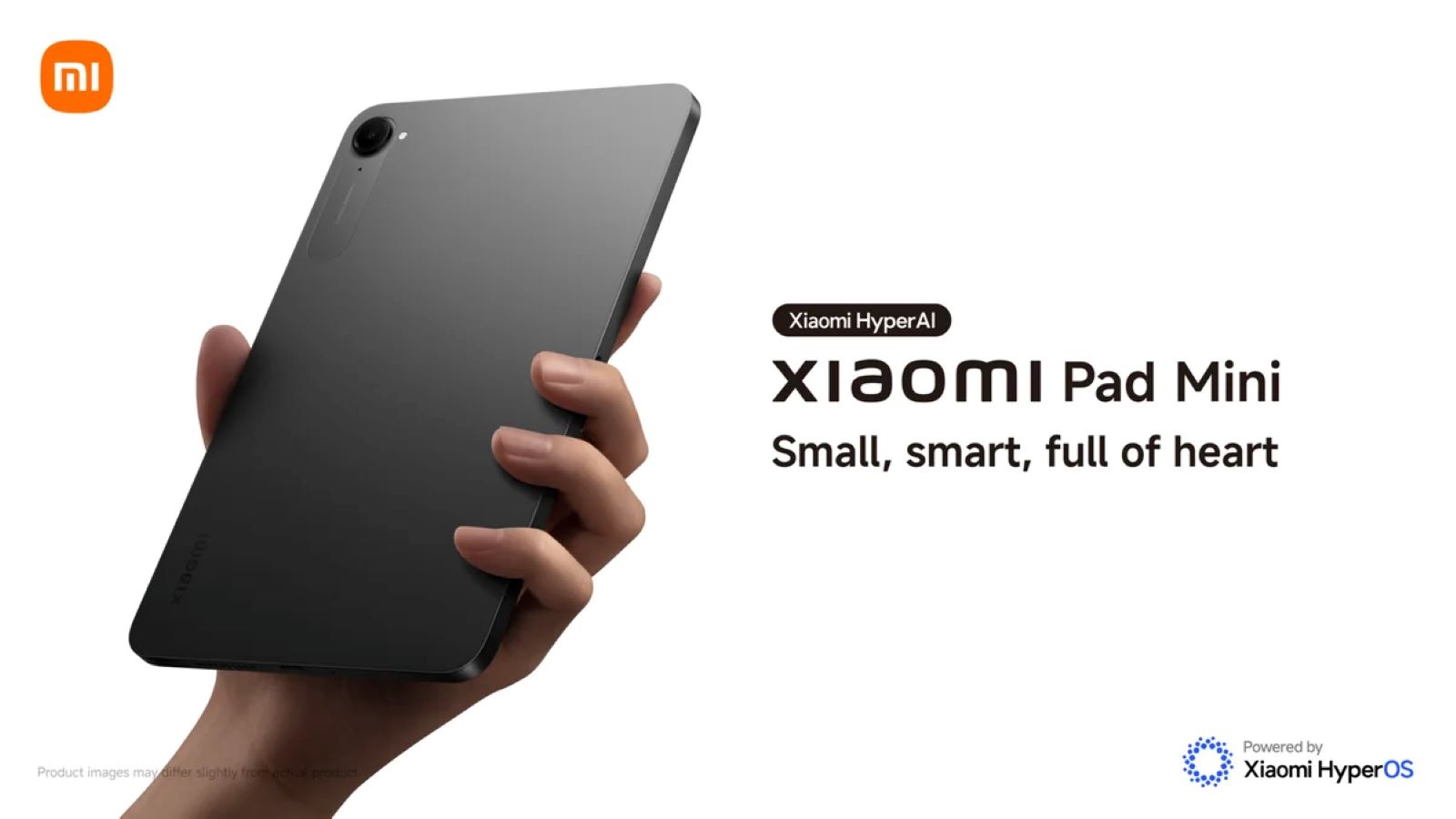
Add Comment